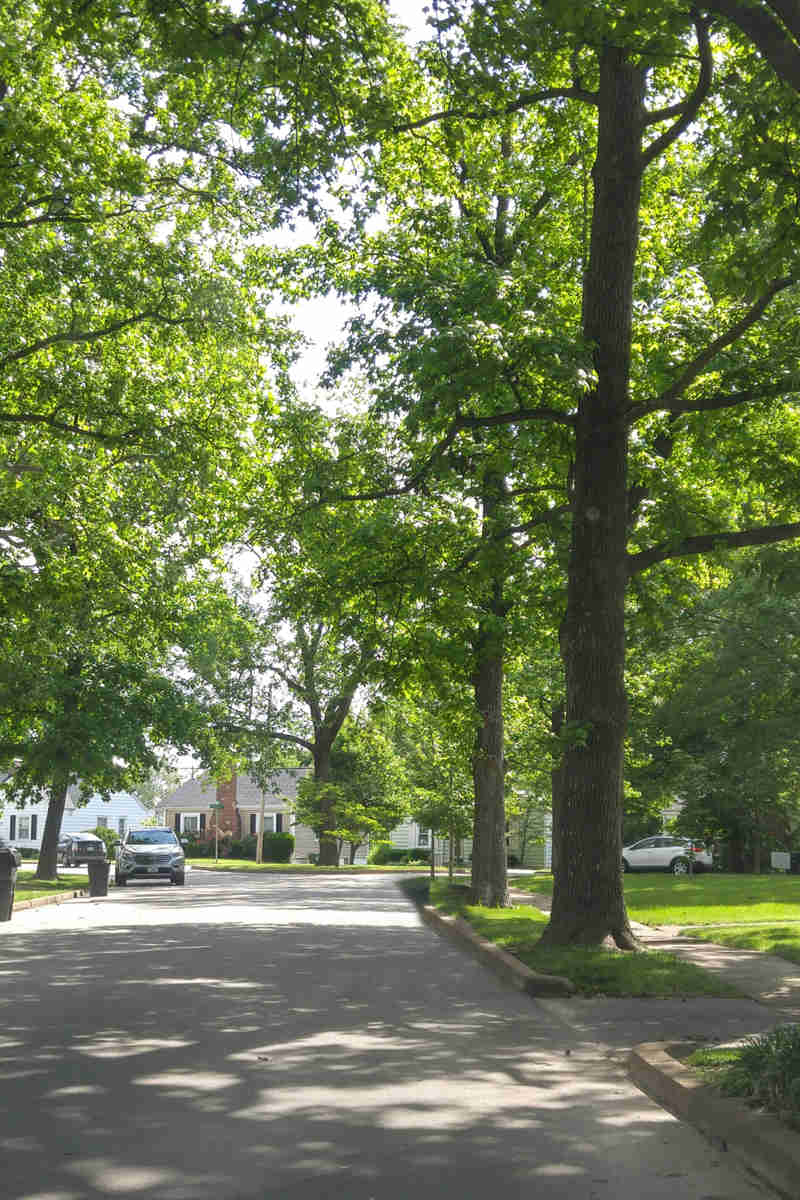The CDC identifies 4 species of ticks that are a concern in our area: blacklegged tick, brown dog tick, American dog tick, and most recently the arrival of the more aggressive lone star tick. All species may carry bacteria that when transferred through a bite to humans or pets, can lead to serious diseases such as Lyme, babesiosis, and anaplasmosis. These diseases are often difficult to diagnosis and can lead to long-term health problems.
Our Solution
The Hartney Greymont tick control program provides a blanket of protection for your property. Our basic program consists of 4 applications starting early in the spring and continuing into late fall, which target multiple stages of development. Spring and summer nymphs are most responsible for the transmission of Lyme disease to humans due to increased exposure when outdoor activities are high. However, fall offers an opportunity to control first year nymphs feeding on small animals, and second year adults before they lay eggs in the spring. Adults may search for a host anytime winter temperatures are above freezing.
Our treatments are applied at the ground because ticks quest no higher than 2 feet. We cover all property borders, 5-10 feet into the lawn and 15-20 feet into the woods, perimeters of shrub/perennial beds, and other potential hotspots (woodpiles, stone walls, etc.) that either provide shelter to small host animals or habitats for the arthropods themselves.
The treated areas are safe to return to once the material has dried (about 30 minutes on a warm spring day) unless otherwise specified by your applicator. If you have a pet, chances are they receive the same safe treatment on their skin for flea & tick prevention that Hartney Greymont applies to your property.
Our treatments work quickly and effectively to help you utilize your property with a measure of assurance against ticks and the deadly diseases they transmit.





